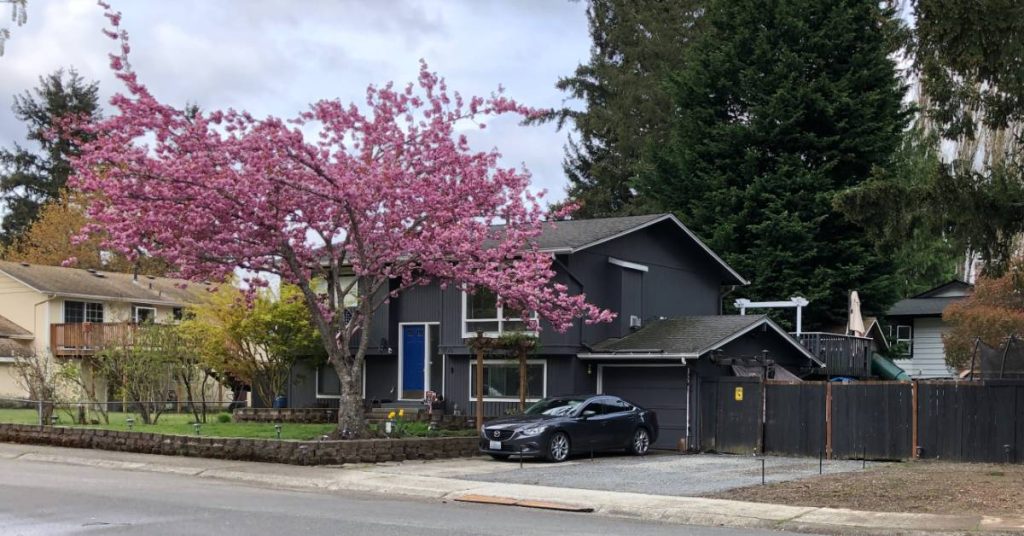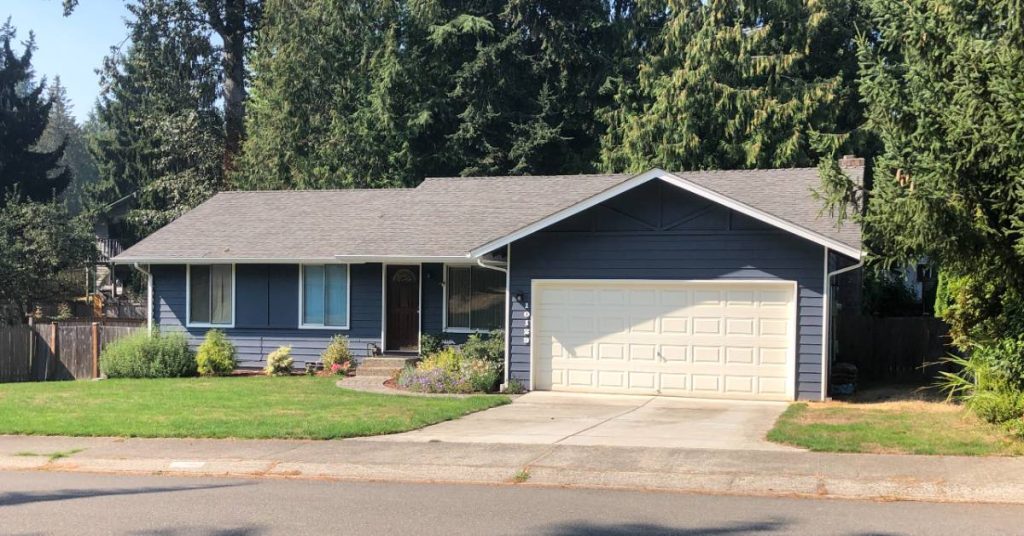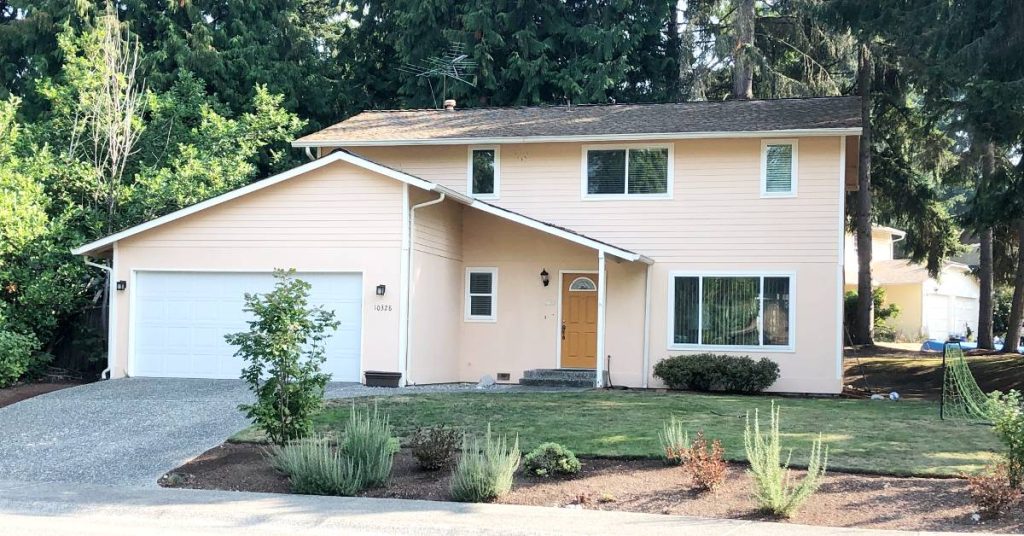If you’re reading this article, you’re probably thinking about how to provide housing to your aging parents.
I’m fortunate that my parents, who are nearly 80, live in a great home that they can (so far) manage.
But if that weren’t the case, I would be thinking about using Fannie Mae’s Family Opportunity Mortgage.
This program lets you purchase a home for elderly parents at “owner-occupied” rates and guidelines, even though you don’t plan to live there.
Not all lenders offer Family Opportunity. Connect with a Family Opportunity lender here.
- Family Opportunity Mortgage advantages
- Family Opportunity Program alternatives
- What if my parent can qualify on their own?
- Family Opportunity guidelines
- Same rules apply when buying a home for an adult child with a disability
- Family Opportunity vs nursing home
- Family Opportunity Mortgage FAQ
- A little loophole is a big advantage
Family Opportunity Mortgage advantages
Lenders charge sky-high rates on investment property and second home loans. You’ll pay 1-2% higher mortgage rates compared to buying the home as an “owner-occupied” residence.
That’s an extra $300 per month on a $300,000 home.
But there’s a loophole that not many people have heard about. If you’re buying a home for an elderly parent, you can buy it at a lower rate, lower down payment, and more flexible guidelines.
You can classify the home purchase as owner-occupied if:
- Your parent is unable to work, or
- They don’t make enough money to qualify on their own
You don’t need to live in the property for this program to work. And, your parent does not need to be on the loan.
Qualify for a Family Opportunity Mortgage here.
Family Opportunity Program alternatives
There aren’t many good alternatives when buying a home for an elderly parent. You could:
Buy the home as an investment property: As mentioned, you will pay 1-2% higher rates — probably hundreds of dollars more per month. Additionally, you’ll need a 15% down payment (but 25% is preferred) compared to just 5% down for Family Opportunity.
Buy the home as a second home: In early 2022, Fannie Mae raised mortgage rates for most second home purchases to equal those of investment properties. Additionally, the home would have to be 50-100 miles away from your primary residence to count it as a second home. This may be not a good or safe option for your parent, depending on the care they need.
Buy the home with your parent on the loan: If you don’t plan to live there, this can get tricky. You’re considered a non-occupant co-borrower, and your approval may be more difficult. Plus, if your parent has low credit or high debts, they could jeopardize the approval.
Buying the home as an owner-occupied Family Opportunity Mortgage is the best way to secure financing if you qualify.
What if my parent can qualify on their own?
According to Fannie Mae rules, your parents can’t have enough income to qualify on their own.
If they do, they will need to apply for the mortgage themselves, be on the loan, and take title under their name.
Note that a low credit score is not a qualified reason that your parent can’t qualify. Low or no income is the only accepted justification when you purchase the home for them.
Family Opportunity guidelines
Here’s what the lender will ask for when applying:
- Proof of relationship in cases where you have a different last name than your parent.
- Parent’s pay stubs and W2s, or tax returns if they are self-employed.
- Social Security award letters to verify your parent’s SS income isn’t enough to qualify.
- A letter of explanation stating you plan to keep your current residence and that this home will be your parent’s residence.
In addition, you need to qualify for general conventional loan criteria such as credit score (620+) and debt-to-income maximums.
Perhaps the biggest hurdle is that you must qualify for the full payment on both your current residence and the new home. Typically, both home payments plus all other debt payments must be below 45% of your gross income.
| Monthly Income | $12,000 |
| Current house payment | $2,500 |
| Credit card minimum payments | $100 |
| Auto loan | $800 |
| New house payment | $1,500 |
| Total monthly payments | $4,900 |
| DTI | 41% |
In this case, you might qualify because your debt-to-income ratio is below the typical 45% conventional lending maximum.
Check your eligibility for a Family Opportunity Mortgage.
Same rules apply when buying a home for an adult child with a disability
Fannie Mae also states you can use this program to buy a home for an adult child with a disability.
All the same rules would apply: the adult child can’t make enough money to qualify on their own, and expect to supply a doctor’s verification of permanent disability.
Family Opportunity vs nursing home
Assisted living facilities and retirement communities have the reputation of being outrageously expensive, and for good reason.
Seniorliving.org estimates a monthly cost of $2,000-$5,000.
Imagine the home you could buy for that!
That’s why many people with aging parents would rather buy an asset that appreciates rather than removes wealth every month.
You might choose to combine the home purchase with in-home care or frequent visits, rather than spending so much on a facility.
The choice is personal, and in many cases, assisted living is better. But from an economic standpoint, it’s hard to justify a nursing home over an owned residence.
Family Opportunity Mortgage FAQ
Yes. You can classify the home for an aging parent or adult child with a disability as “owner occupied” even though you won’t live there, assuming your loved one can’t qualify for the home on their own.
No, a Family Opportunity Mortgage does not require your parent to be on the loan. In fact, the advantage is that they are not on the loan, making approval easier in many cases.
If you and your parent are on the loan, you would be considered a non-occupant co-borrower. This could complicate the approval process and limit your options.
Your lender will request W2s, pay stubs, or tax returns for your parents, even though they are not on the loan. This is to document the insufficient income rule.
5%. This is much lower than the 10% down minimum for a second home a 15% down for an investment property.
Many lenders who underwrite by Fannie Mae rules will offer this loan. However, not every lender abides by exact Fannie Mae rules. If a lender tells you the program is discontinued, they might not know that you’re referring to this special guideline regarding occupancy. Just point them to this link and tell them to look under “Borrower Types” section. If they still say they can’t do it, then they just don’t underwrite “by the book”, which is each lender’s choice. Find another lender in this case.
No. Fannie Mae still allows people to buy a home as an owner-occupied residence for an aging parent or adult child with a disability in 2024. There is some confusion around the name, though, because more than a decade ago, a major lender used it for a proprietary program. That lender’s program is no more, but Fannie Mae’s guideline is still in place.
A little loophole is a big advantage
A downsized or otherwise more manageable house or condo for your parents could put your mind at ease. And this program could make it possible.
Get started on your goal to purchase a home for your parents at a low rate.




